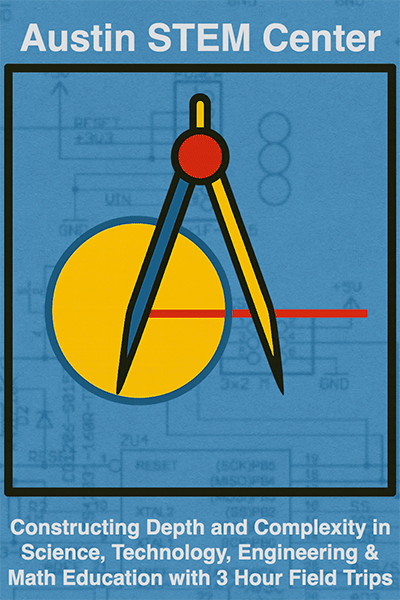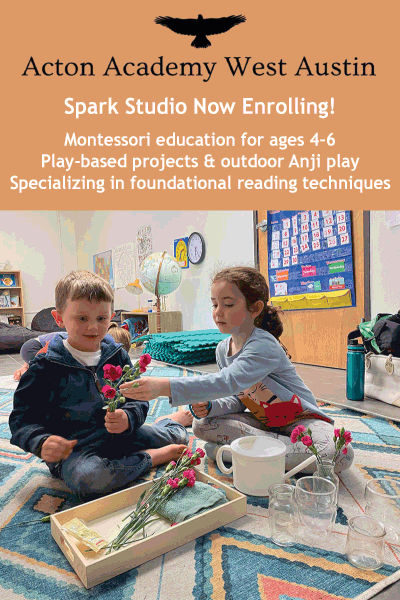Using art to teach history
/Tyler Merwin teaches history and philosophy and leads Socratic Seminars at Skybridge Academy. He joins us on the blog to share his experiments with making art in the history classroom.
I have always had an interest in art, whether paintings, literature, propaganda posters, or pottery. That being said, I have never been much of an artist. Even something as trivial as shading inside the lines of a fourth-grade coloring book can feel less like fun and more like the New York Times Sunday Edition crossword for me.
With this in mind, I have had an aversion to using art as an instruction method, partly because I felt that in order to properly teach something I should have some level of competency, and partly because I didn't want my students to see their 26-year-old history teacher struggling to draw something a 6-year-old could whip up during snack break. But after seeing the work that our art teacher, Johnny Villarreal, was doing to help his students navigate their anxieties with art, and witnessing students bravely posting their artwork across his classroom walls, I decided to take the leap—and the results have been astounding.
“Anyone? Anyone?”
One of my biggest concerns as a history teacher is that my lessons are going to be boring. I am always working to use humor, academic controversy, or anything else that may seem remotely interesting so that students feel fully engaged—and so that I don’t feel like the economics teacher from Ferris Bueller’s Day Off.
Most students are not exactly thrilled by the prospect of writing research-based papers. So how can we help prepare them for research-intensive college courses while at the same time keeping lessons fun and engaging?
One answer can be art.
For example, I’m currently teaching a class called Civilizations, which explores various aspects of many of the major societies of Earth’s history, starting with precivilized humanity and ending with the Mongols. Currently we’re learning about ancient Egypt. For the first few classes I used a short lecture along with an informative YouTube video and student-led research about Egyptian culture. Over the next few days, students wrote a historical fiction piece based on this prompt:
Imagine you are someone alive at the time of the construction of the Great Pyramid of Giza. Write a two-page story about a day in your life. You can be the Pharaoh, you can be a pyramid builder, a merchant, or any other entity relevant to that time. The goal is to research about the time and write a short story that could have actually happened.
(These assignments can also require students to cite their sources, giving them a taste of what the academic research process is like.)
The results were fascinating. The stories’ narrators included a woman who is questioning the applied gender roles of the time, a pyramid builder planning a workers’ revolt, a Pharaoh who has become consumed by materialism and is refusing to escape his burning town in fear of abandoning his possessions, a revered cat in charge of watching over the grain stores, and a tomb thief who meets an untimely demise, among many others.
The level of effort students put into their research and writing was incredible. To create more immersion, we played ancient Egyptian–themed music we found on YouTube, alternating with a loop of construction noises (kind of corny, but actually kind of cool). To help create a sense of community, between times spent helping students as needed, I too wrote a story that I shared with them.
Being in a room with 15 high schoolers ditching their phones and iPods to work fastidiously on ancient Egyptian historical fiction pieces was the highlight of my week (which has also indicated to me that I am officially transitioning into boring adulthood; I think I’m OK with that). To finish the assignment, we shared the stories together in class, and it served as a great way for students to compare, contrast, and ask questions pertaining to the subject.
Modern cave paintings recently discovered on the walls of Skybridge Academy
Another example of using art projects to teach history also comes from my Civilizations class. In learning about the Neolithic Period, we studied the struggles that cave dwellers endured and examined their cave paintings. We then used charcoal to create original cave paintings that emulated the styles of examples from sites throughout the world. Students (and teacher, in this case) who didn’t feel competent in drawing found themselves comfortable with this assignment because of the lack of complexity of many cave paintings; they didn’t require a high level of artistic sophistication or skill. We covered the classroom walls with these simple paintings, creating a cave-like feeling in the classroom.
Propaganda posters are almost universally fascinating to high school students. So playing off of my students’ interests, in our World War II: A World at War class we spent a day discussing and exploring forms of propaganda. We also had a Socratic Seminar discussing the serious nature of propaganda in its various forms and the dangerously powerful effects it can have on a society. To finish the lesson, students independently researched posters used in World War II by all sides, looking at the artistic styles, the messages they transmitted, and their potential effects. I then prompted students to create posters that would not glorify violence or be vulgar (because allowing for these kinds of negativity, while perhaps more realistic, is a slippery slope that we discussed and decided against as a class).
The student who drew this propaganda poster wanted to depict the urgency of the Allied nations’ need for a "hero" to help fight the war.
Students took many different approaches to the posters. Those who were confident in their artistic abilities made posters that were visually arresting, using imagery that forced you to pay attention. Others chose to concentrate on the verbal aspect, creating posters with original slogans that evoked the sense of urgency associated with the propaganda of the time. Most students were very engaged, and many said they had gained a better understanding of how propaganda seeks to manipulate emotions to promote ideologies. A few students, however, were rather curmudgeonly about the idea of doing art in history class and complained that they were “not an artist” or that they didn’t “know how to start.” That’s OK. It gave me time to work with these students, encouraging them to abandon their inhibitions. I used my own work as an example of why you don’t need to be the next Gabriel García Márquez to write a fun historical fiction piece, that you don’t need to be a young Da Vinci to make an awesome cave painting.
The creator of this poster wanted to point out the evil nature of concentration camps. The gate reads, “Work Will Set You Free,” a slogan used cynically by Nazi camp officials.
Every couple of months I spend some time reflecting on myself as a teacher and evaluating my progress. I try to figure out what has been working, what hasn’t been working, how I can improve, how I can adapt. Implementing art into my classes has been one of the biggest breakthroughs I have ever experienced as an educator. Although I still cannot color inside the lines, I have seen major progress from my students in engagement and productivity. Art appeals to all ability levels and works for most learning styles, and this is why it can engage students in meaningful and emotional ways.
Tyler Merwin

















